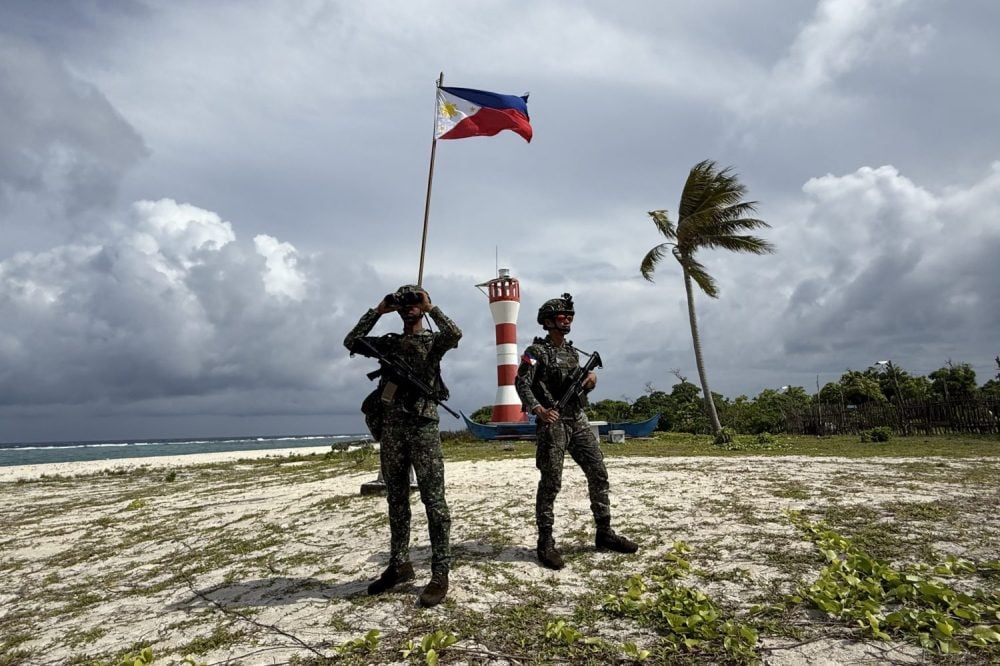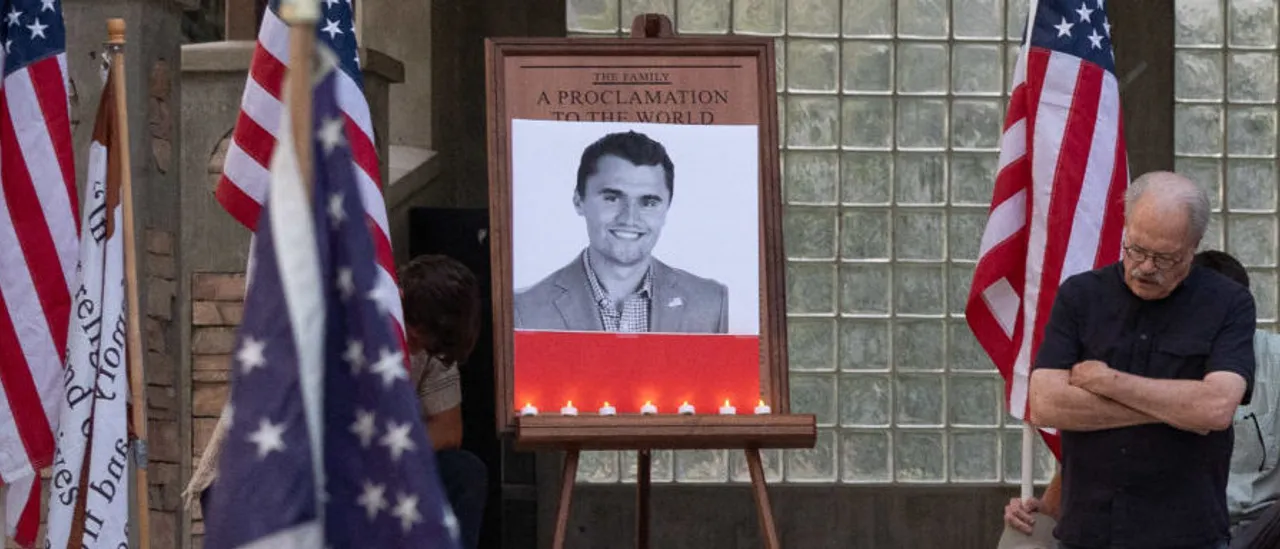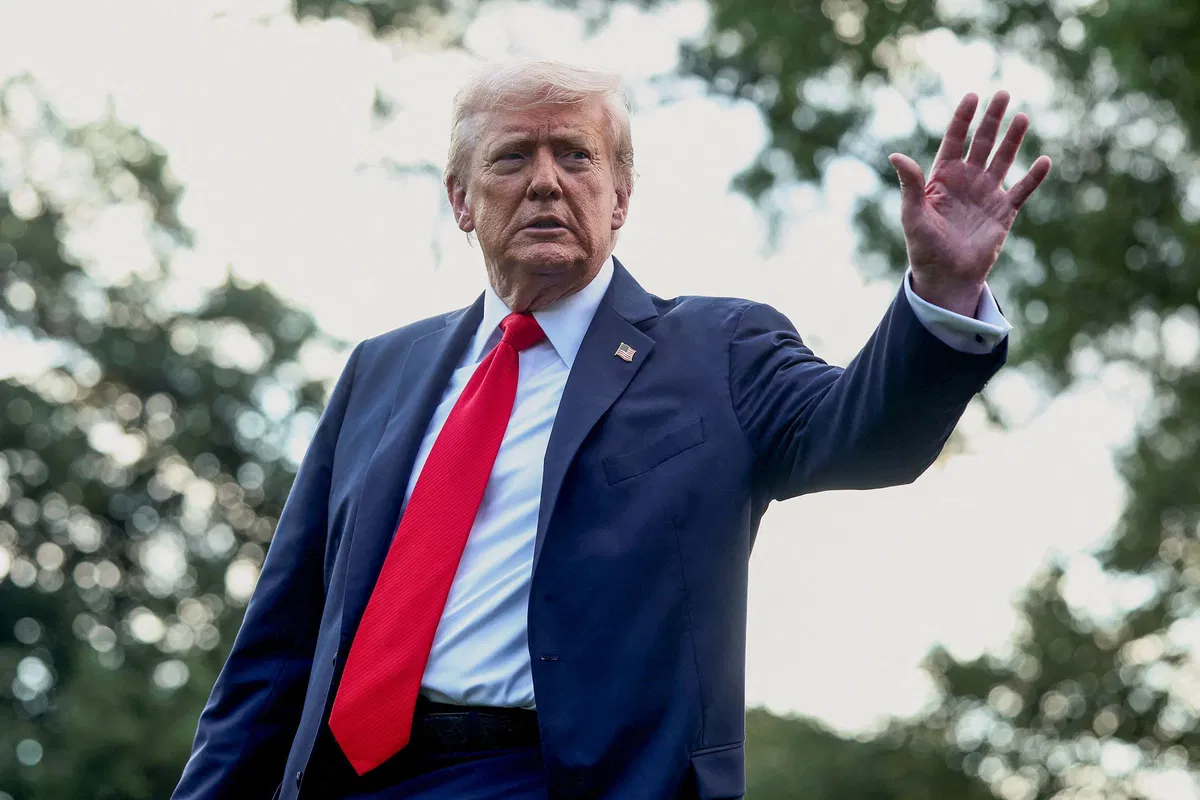
Vietnam’s dramatic expansion of artificial land on the 21 reefs, shoals, and other features that it occupies in the Spratly Islands of the South China Sea will likely surpass the extent of China’s own land reclamation in the coming years. Such is the conclusion of a recent bombshell report from the Asia Maritime Transparency Initiative (AMTI), a Washington-based think tank that has been monitoring Hanoi’s dredging and landfill activities.
As of March, the think tank observed, Vietnam had created roughly 70 percent as much artificial land as China had in the preceding four years. Normally, this situation would be ripe for Beijing to confront Hanoi militarily or otherwise—all in the name of imposing its sweeping claims of Chinese sovereignty over the region’s waters to include those features and waters couched well within Hanoi’s internationally recognized exclusive economic zone (EEZ).
Curiously, none of this has happened. Beijing has remained all but mum regarding the report, responding to a reporter’s question on it with boilerplate talking points. And while fishing fleet and coast guard clashes involving China and Vietnam still routinely occur in the South China Sea, they are usually low-level incidents and go unreported, according to my interlocutors. Compared with the prolonged standoff at Vanguard Bank within Hanoi’s EEZ in 2019, for instance, the past six years have been exceptionally quiet and peaceful. It seems like this will continue despite Vietnam’s robust land reclamation activities that will likely include new military facilities, such as piers for coast guard and navy access, according to the AMTI report.
This is certainly not the case with another maritime counterclaimant in Southeast Asia: the Philippines. For years, Manila has drawn Beijing’s ire across the South China Sea. On Sept. 16, China sprayed a water cannon at a Philippine vessel that it claims was intruding in the waters around Scarborough Shoal, a chain of reefs near the Philippines’ main island of Luzon. The latest incident occurred against the backdrop of Beijing calling to convert Scarborough Shoal into a Chinese national nature preserve, a move that Manila rejects.
Last month, a more serious incident happened at Scarborough Shoal. A Chinese navy ship collided with a Chinese coast guard ship while chasing a Philippine ship, resulting in serious damage to the ships and possible casualties.
Prior to concluding a provisional diplomatic agreement in July 2024, tensions at Second Thomas Shoal—where Manila stations troops on the intentionally grounded Sierra Madre, a World War II-era warship—had reached a boiling point. During a routine resupply of the outpost, a Filipino seaman lost his thumb after a Chinese coast guard ship rammed his vessel, and other Filipino personnel were injured by Chinese attackers who boarded their ship wielding melee weapons, including knives, machetes, spears, and an ax.
Although the Second Thomas Shoal has quieted down since the provisional diplomatic arrangement went into effect, Chinese and Philippine sovereignty disputes around the region continue to be extremely hostile, raising the possibility of escalation to armed conflict in the future.
It is hard to know exactly what is driving Beijing’s starkly differing responses to each of these rivals, but there are likely several key factors.
One is that China probably believes that the Philippines, under President Ferdinand Marcos Jr., has significantly strengthened its alliance with the United States to counter China, and therefore Beijing has strategically lost Manila—at least for now. If Marcos’s vice president, Sara Duterte, runs and wins the presidential election in 2028, then this could change, as she may share the views of her father, ex-President Rodrigo Duterte, who believed that the Philippines must become less dependent on the U.S. alliance and friendlier with China. But for now, this is not the case, and Beijing has correspondingly resorted to more sticks and fewer carrots.
By contrast—and even though the two countries are historical enemies—Vietnam has been more loyal to China than the Philippines. Earlier this month, for example, Vietnamese President Luong Cuong attended Beijing’s Victory Day celebration marking the 80th anniversary of Japan’s defeat in World War II. Vietnam also accepted an invitation from China to participate as a guest nation at the Shanghai Cooperation Organisation summit held a couple of days beforehand, and it also now has partner nation status in BRICS. Both organizations are viewed as anti-Western or even anti-American, and China is a core member in each.
Vietnam also looks to China in times of need. For example, after U.S. President Donald Trump’s return to the White House and his announcement of reciprocal tariffs on many countries, including Vietnam, Chinese President Xi Jinping was welcomed to Hanoi, where the two nations signed dozens of agreements, including on economics and trade. In an op-ed prior to his arrival, Xi wrote that “There are no winners in trade wars and tariff wars,” much to his host’s delight.
Although Vietnam also welcomed President Joe Biden to Hanoi in 2023 to elevate relations to the highest level of “comprehensive strategic partnership,” on par with China and others close to Vietnam, Beijing showed no concern, rightly understanding that Hanoi’s multialigned policy was not necessarily aimed at countering China.
Another reason that Manila is bearing the brunt of Beijing’s anger is that the Philippines has been far more active in enlisting support from other nations in its quest against China. A few days after visiting the White House in July, Marcos met with Indian Prime Minister Narendra Modi, and the two leaders pledged to elevate their strategic partnership by deepening ties on trade, defense, and maritime security—the latter two points being code for collaborating to counter China.
Simultaneously with Marcos’s visit to New Delhi, both India and the Philippines conducted their first-ever joint military exercise in the South China Sea in yet another unmistakable signal of deterrence toward Beijing. Over the past few years, the Philippines has significantly ramped up cooperative military drills; signed new defense agreements; or done both with not only the United States, but also with Australia, India, Japan, New Zealand, and South Korea. Late last month, Manila even welcomed Taiwanese Foreign Minister Lin Chia-lung, who joined a business delegation to discuss trade and investment matters. He was apparently traveling in a private capacity and held no official government meetings—an odd arrangement that nonetheless enraged Beijing.
Vietnam’s approach is far more subtle. During the first eight years of Hanoi using the label “comprehensive strategic partner” to describe its most important international relationships, Vietnam only established three: China, Russia, and India. However, in the past nine years, Hanoi has opened the floodgates, forging nine new comprehensive strategic partnerships—some with controversial nations, from Beijing’s perspective, such as the United States and Japan.
Hanoi has always been clear about the “four nos” in its defense policy: no participation in security alliances, no alignment with one nation against another, no foreign basing within its borders, and no preemptive war. At the same time, Vietnam’s comprehensive strategic partnerships are focused on many other things than just defense. Put another way, Hanoi can backdoor more defense cooperation into these relationships under the peaceful guise of broader cooperative activities.
Finally, some of China’s frustration likely stems from the capriciousness of Philippine democracy. When Rodrigo Duterte was in power from 2016 to 2022, for example, bilateral relations were far smoother; in fact, there appears to have been a “gentleman’s agreement” on how to handle South China Sea frictions. Duterte’s overall foreign policy was to depend less on Washington, engage more with Beijing, and find cooperative areas, such as joint exploration of the South China Sea for oil and gas, and to leverage China’s Belt and Road Initiative for Duterte’s own “Build, Build, Build” program to improve the quality of life in the Philippines. None of his policies panned out, and ultimately, his successor—Marcos—reversed them.
Of course, the main difference is that Vietnam is a fellow authoritarian state ruled by one party, which conveniently happens to be the Communist Party. Although there is always some level of uncertainty and unpredictably in politics, even in a one-party regime, this factor is far less important than in a democracy. As a result, Beijing is already quite familiar and comfortable with not only the current but likely also the future leaders of Vietnam. And the fact that they are all Communist Party members strengthens their cooperative ties on ideological grounds.
Indeed, while Beijing hosted its Victory Day celebrations, Vietnam simultaneously hosted its own public parade to commemorate what both countries have rewritten as a communist victory over imperialist fascists, a common narrative among communist parties around the world. This shared governance and worldview supports the fruitful development of China-Vietnam ties in spite of their sovereignty disputes in the South China Sea.
It is important to note that while Beijing has indeed treated both the Philippines and Vietnam differently in the region, neither nation has come up with a good way to get Beijing to completely stop pressing its claims. For the past few years, Manila has implemented what has become known as “assertive transparency”—a tactic of using video recordings and photographs to expose bad Chinese behavior in the region.
Conversely, in what one might call the “opacity initiative,” Vietnam has clearly reached a quiet arrangement with China not to publicize any of their clashes in the region and to handle disagreements and tensions strictly behind closed doors to avoid unnecessary escalation. Both strategies have failed.
But at least Vietnam can claim less drama with China because of its lower-key approach—a worthwhile achievement in itself. Meanwhile, the Philippines and United States should appreciate that while their security alliance has likely prevented a full-blown war, it has not deterred China from continuing to conduct gray-zone operations and other dangerous maneuvers in the South China Sea.
Manila and Washington should calibrate which Chinese actions might trigger the alliance and how to conduct alliance operations in a more effective manner. Manila could try to behave more like Hanoi, but that would be anathema to the Philippine people, for whom giving up resistance to China would be tantamount to surrender. Perhaps a little bit of both, however, would do the trick.



